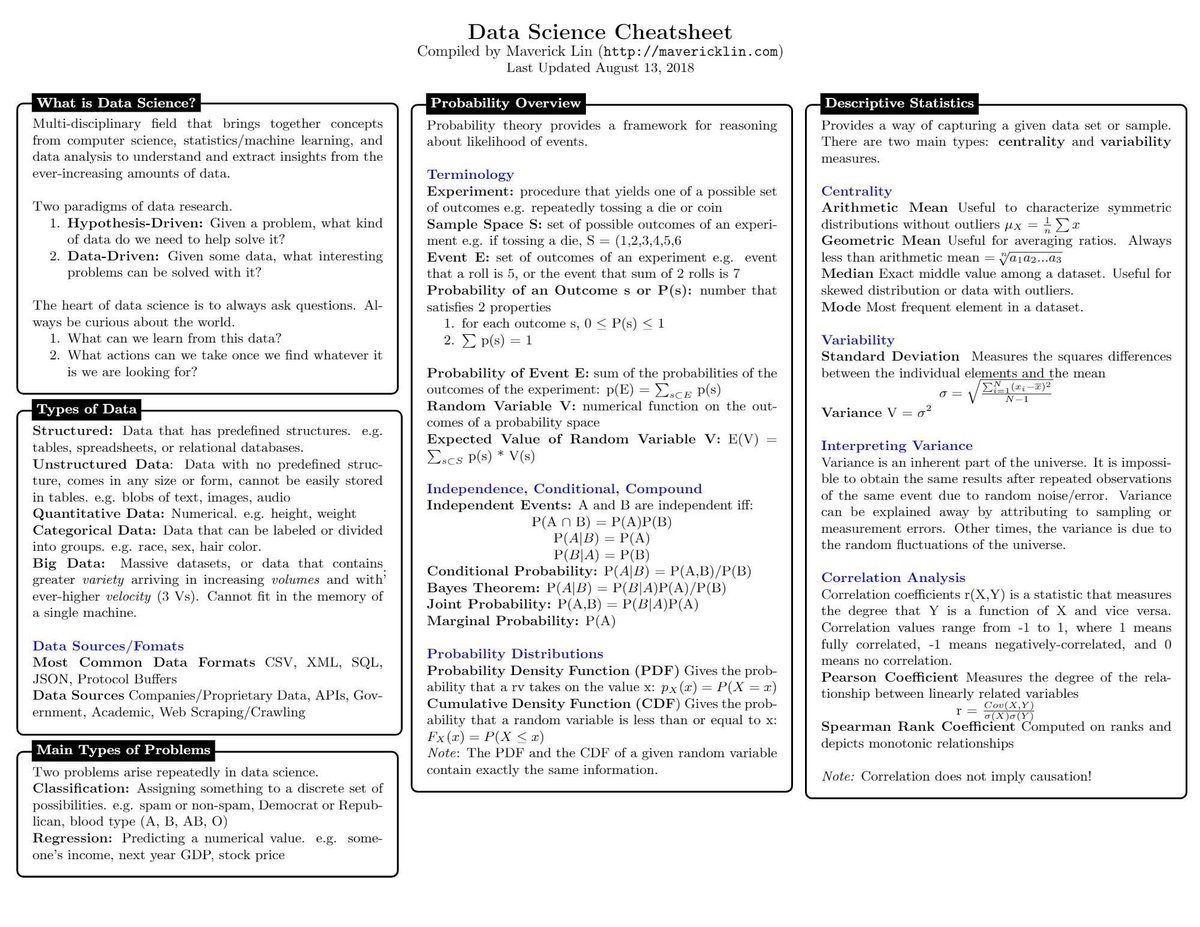

Hence go to the one tail column, but use half the 2-tail significance level.Īlready I’m being obliged to admit confusion between halving and doubling.! You have, of course, a better chance of hitting two targets than one.Īlternatively – the way it’s usually done in the tables – is to share the significance level equally between the two tails, and then use the one tail column of the table. The logic of 2-tail testing, as devised by Mr Fisher, seems to be that if you allow your test to hit either tail, then you increase (double in fact) the p-value of the result you get. Thank you very much for that well considered and thought out answer. Finally, note that the formula for the one-tailed critical value in Excel is T.INV(1-.05,6) = 1.94318 or alternatively, -T.INV(.05,6) = 1.94318, which the same as the result we got above. If instead, the critical value for the one-tailed test is the same as the critical value for the two-tailed test with alpha multiplied by 2, we get t-crit = T.INV.2T(.1,6) = 1.94318 < 2.09477 = t-stat, and so the result is significant, consistent with the result we got using the p-value.ħ. If the critical value for the one-tailed test is the same as the critical for the two-tailed test with alpha divided by 2, we would get t-crit = T.INV.2T(.025,6) = 2.968687 > 2.09477 = t-stat, and so once again we see that the result is not significant, which contradicts the result we got using the p-value.Ħ. We now perform the same test using critical values instead of p-values. It is always easier to obtain a significant result with a one-tailed test compared with a two-tailed test.Ĥ. In general, the p-value for the one-tailed test is half that of the two-tailed test. 040531, which indicates a significant result. For the one-tailed test the p-value = T.DIST.RT(2.09477,6,TRUE) =.


081062, which indicates a non-significant result.ģ. For the two-tailed test the p-value = T.DIST.2T(2.09477,6,TRUE) =. The example is a t-test based on two independent samples of size 4 with the t-stat = 2.09477. The example you sent me seems to support the conclusion that the alpha value for a one-tailed test is half that for a two-tailed test, but let me suggest another example that supports a different conclusion.ġ.


 0 kommentar(er)
0 kommentar(er)
